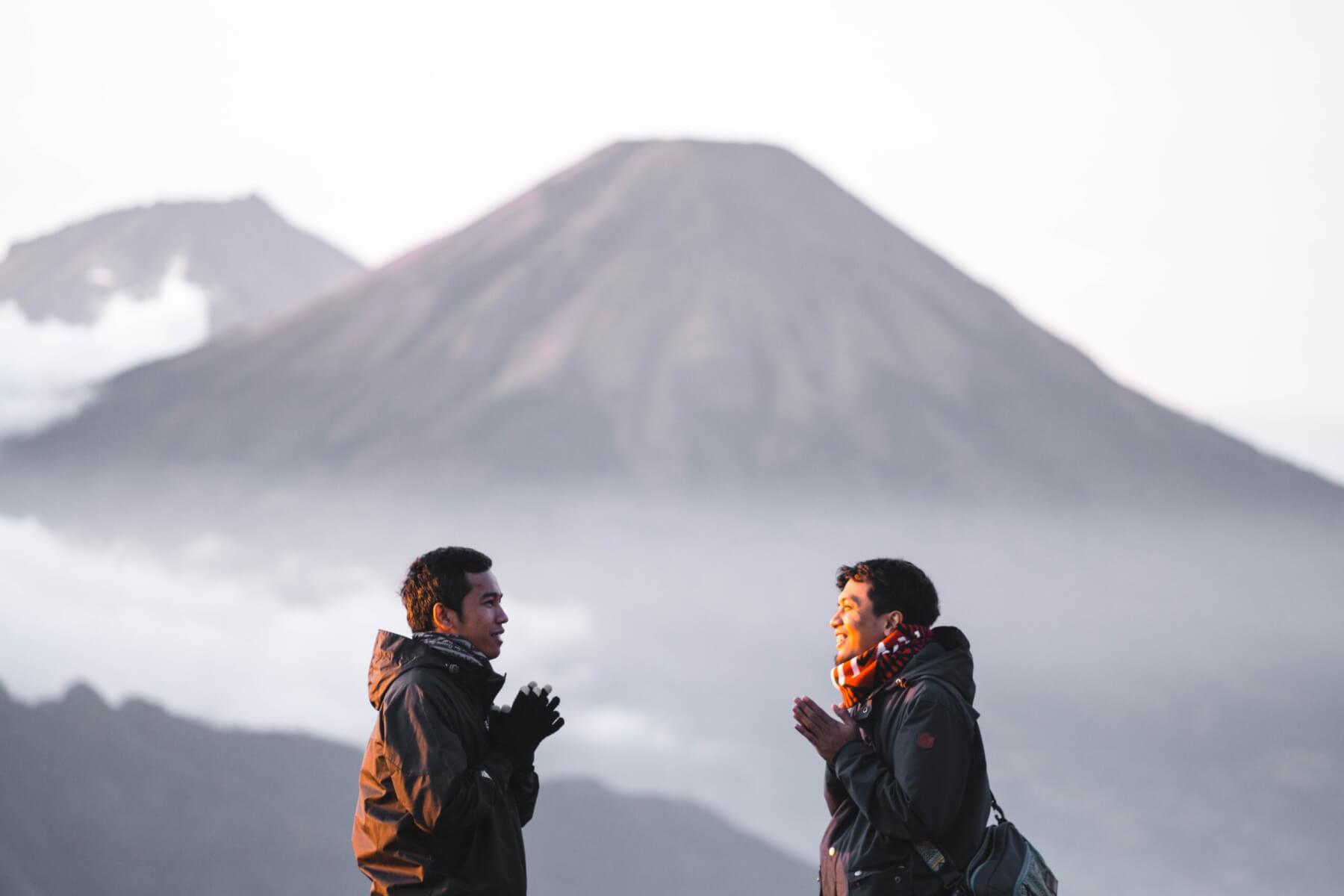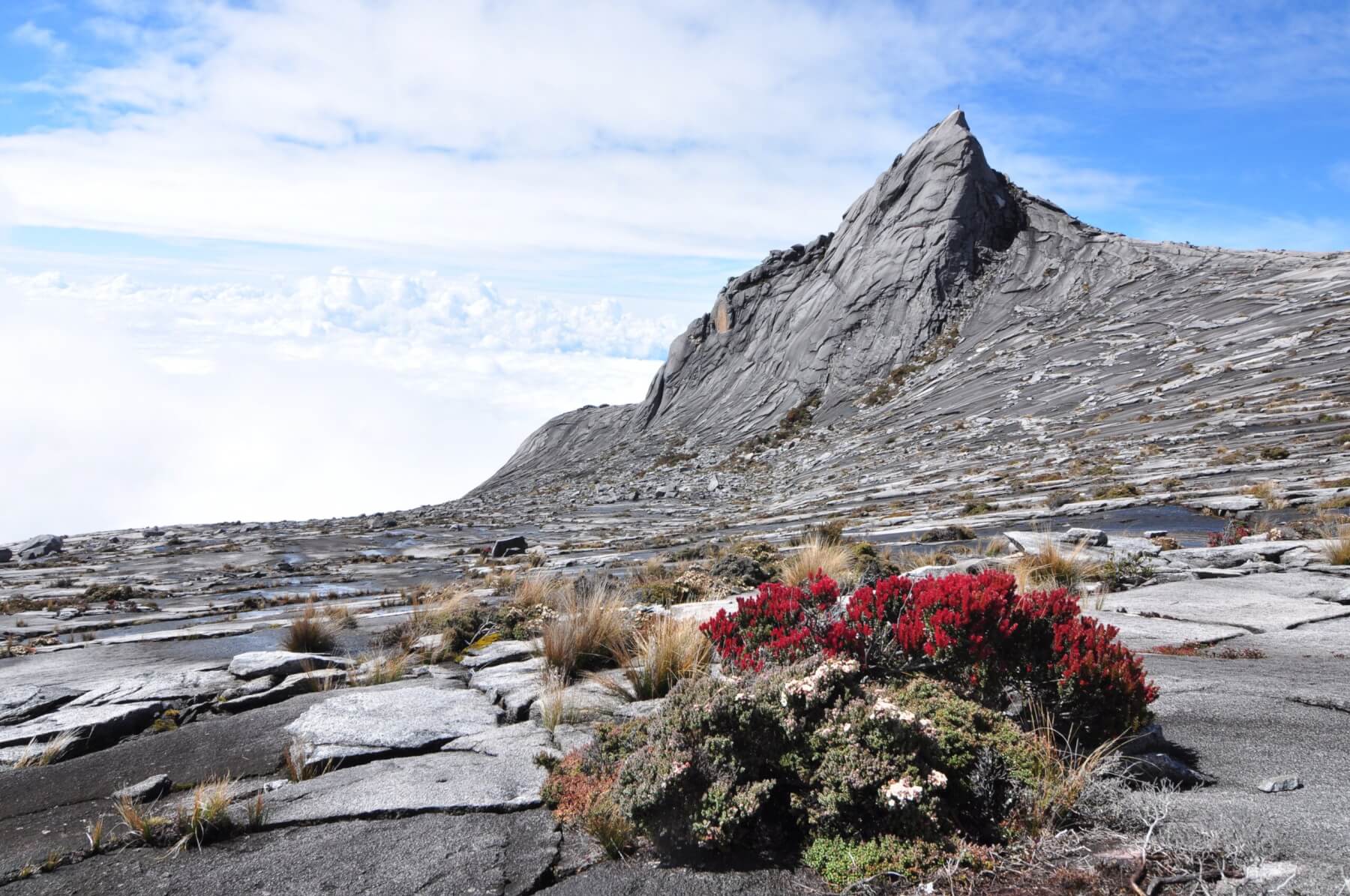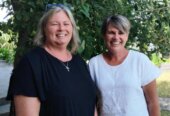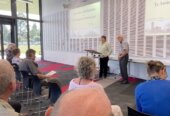I arrived at my desk on Tuesday last week to find my concerns from yesterday confirmed.
Gunung (Mount) Marapi erupted in Sumatra, Indonesia, he day before, producing an ash plume – not smoke – made of pulverised rock and hot gas to about three kilometres high. Watching the videos my heart sunk deeper and deeper. I spotted a seemingly small grey cloud moving swiftly across the ground below the ash plume, expanding as it went. A pyroclastic flow. A very hot, very fast mixture of ash, rock, and gas. My hopes that no one was on the volcano were quickly dashed. Videos of people with ash plastered to their faces soon surfaced. While I cannot understand the language, I can see the distress. I exchanged messages with another deeply concerned volcanologist and friend as she is looking at monitoring data trying to figure out what side the pyroclastic flow went down.
News of 11 dead, still more missing, and survivors taken to hospital with burns is circulating. By the time this column is printed the toll will likely be higher. Those poor, poor people. Their poor families and friends. The responders, those still out there looking for survivors. The volcanologists who will be in response mode. All under immense pressure and stress while I sit here in my comfortable and safe office.
Confusion about the volcano pops up. It is Marapi, not the better-known Merapi in Java, and videos of other eruptions are getting plenty of shares. This always happens so I am not surprised. My message about being careful what you read and share is not new. Being an expert in volcanology I see how much wrong information gets shared online, especially during a crisis. It has made me critical and wary of everything I see, no doubt every expert in every area of life sees this in their field. The next thing to pop up online is blame – why were they there in the first place? Perhaps this is a time better suited to compassion as people are going through the worst moments of their lives. The human need to blame and point fingers, like we don’t all have accidents and make mistakes, is so very sad.
Marapi is among many frequently active volcanoes in Indonesia, one of around 120 that have erupted in about the last 10,000 years (that we know of) classing them as potentially active, or young enough to produce eruptions again. Indonesians contend with various natural hazards, including earthquakes, tsunami, landslides, storms, flooding. Life in a geologically active region comes with so much risk. New Zealand is not immune to similar challenges.
If you travel to areas with active volcanoes, please look up the local volcano monitoring and emergency management agencies. If you are heading to a volcano, look up its activity status and tell someone back home before you head out for the day. Volcanoes are gorgeous, incredible, awe-inspiring environments, but they can turn your day into a nightmare within a second.
At this point there are hints it may have been a phreatic eruption driven by steam, the eruptions that don’t give us the same warning, but time will tell what happened once local volcanologists have had a chance to analyse the deposits. Right now, the importance is on monitoring the volcano to help keep rescue teams safe.












